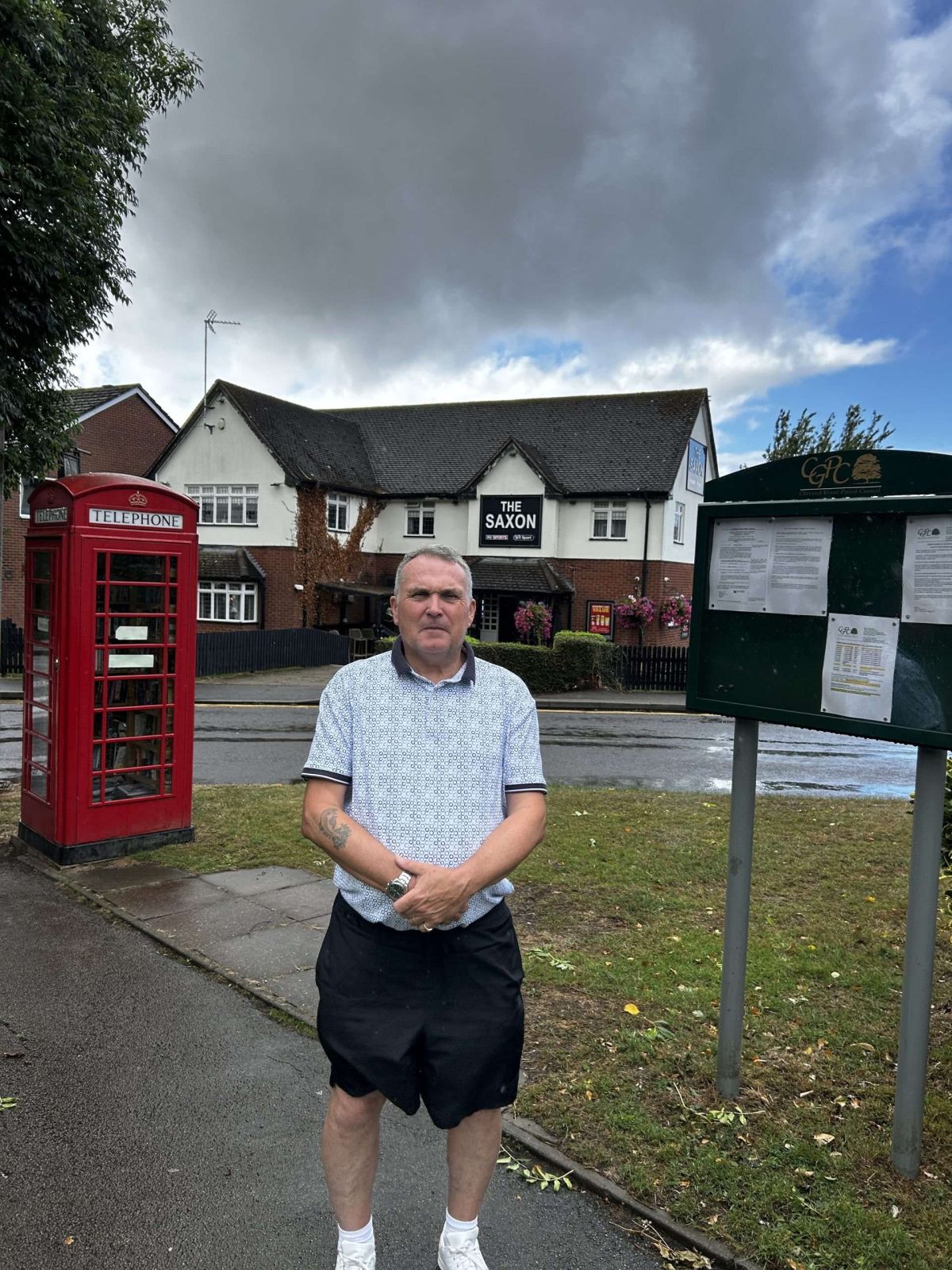Housing Push Threatens Blythe

Blythe Ward Councillors have serious concerns over the Labour Government’s housing targets and the controversial “grey belt” reclassification which threatens to reshape our Wards cherished greenbelt and rural identity.
Under Prime Minister Keir Starmer’s administration, a renewed national focus on solving the housing crisis has led to sweeping reforms of planning laws, including encouraging development on areas previously protected under greenbelt status.
Dubbed the “grey belt,” these zones—are previously developed land or land not contributing to the purposes of the greenbelt. This narrow definition is an open goal to developers.
Blythe feels the Strain
For our communities in Cheswick Green , Dickens Heath and Blythe Valley, long known for their semi-rural charm and green spaces, the policy shift has triggered widespread concern amongst both councillors and residents. This move threatens decades of work to protect our beautiful countryside. This undermines the environmental stewardship of our borough that we have been so proud of, destroying our biodiversity, increasing congestion and eroding community identity.
“The government’s housing policy, supported by the Green Party and the Liberal Democrats, risks destroying the very heart and soul of our villages says Councillor Keith Green , we’re not against homes—but there’s a right way to build them. Bulldozing the fields and woodlands that give Blythe its character is not the answer.”
Areas like Cheswick Green, Blythe Valley and Dickens Heath are now facing planning applications that many believe would never have been entertained under previous protections and raise concerns whether the infrastructure—roads, schools, and health services—will be able to cope.
We can try to build enough infrastructure to support the housing, but this takes time and destroys yet more of our countryside.
Grey Belt: A National Policy with Local Consequences
Labour ministers defend the strategy, arguing that the reclassification of grey belt land is essential to hit the national housing target of 1.5 million new homes over five years.
Housing Secretary Angela Rayner has previously stated: “Too much of our greenbelt is locked away in poor-quality or inaccessible land that serves no real purpose for the public. We’re unlocking land for affordable, sustainable housing where it makes sense.”
However, the governments vague definitions sidestep local planning controls and force through developments with little regard for local sentiment or environmental consequences.
The Local Dilemma
Solihull Metropolitan Borough Council, led by a Conservative majority, is caught between a rock and a hard place. The Government has imposed massively increased housing targets and a new National Planning Policy Framework on us.
We are obligated to comply with national targets, and follow the NPPF, however we dearly do not want to. We want to protect the very essence of Solihull – Urbs in Rure is our motto for a reason. In order to retain control of planning we have to build 19,845 dwellings in 15 years- an increase of 52%. In Solihull we simply do not have enough brownfield sites, so we have no option to build on our precious greenbelt. Nevertheless we prioritize starter homes, discounted homes and shared ownership for people with local connections.
As the government pushes forward, the battle lines are drawn. Solihull faces a pivotal moment: one that pits national policy against local heritage, and long-term need against immediate loss.
This is not just about planning, it’s about what kind of place Blythe will be in the future.
What legacy are we leaving for our children and grandchildren?